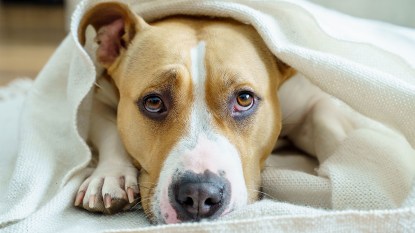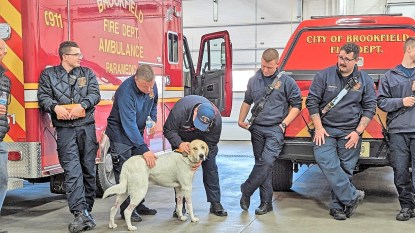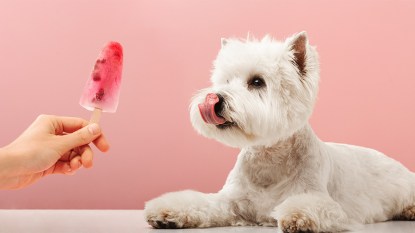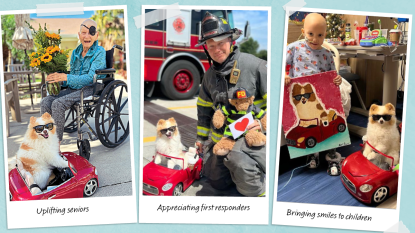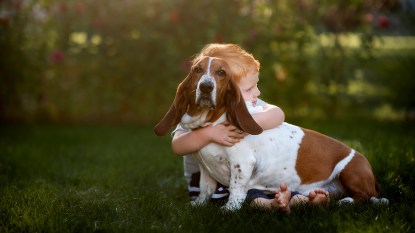Keep Your Dog Safe from Harm With These 5 Tips
Protect your pups!
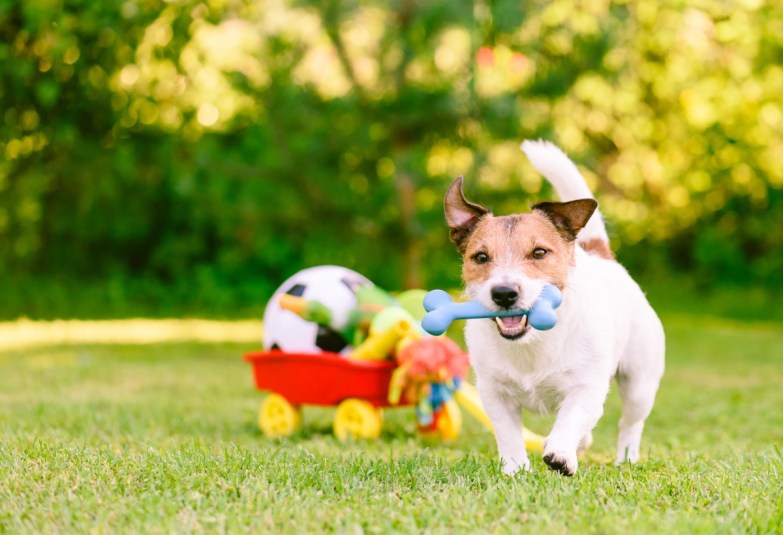
It’s a dangerous world for our vulnerable pups, but there’s a lot you can do to keep them out of harm’s way and make sure they’re secure in their day-to-day life. Whether you’ve adopted a dog or purchased one from a breeder, you are your fur kid’s caretaker, charged with keeping them safe and secure. From at-home care to safety suggestions while they’re out and about, this guide can help ensure your dog’s safety. Read on for five tips that’ll keep your pet out of harm’s way.
1. Use booties.
Dog shoes are sometimes seen as frivolous fashion statements — but contrary to popular belief, a dog’s feet are not entirely immune to the impact of cold and ice or scorching heat. Booties can protect our beloved canines from frostbite and salt or other chemical deicers on winter streets. They can additionally provide relief from the burning hot pavement in the summer months. While their paws are pretty resilient, it’s always better to err on the side of caution.
2. Teach your dog human language as early as possible, preferably when he is a puppy.
It’s not just about communicating with you. Teaching your dog some basic human vocabulary (using gentle training techniques and delicious rewards) will keep them safe. Start with his name (the more you use it, the more likely your pup will know you are referring to him) and the most basic of all commands: “Sit.” Then, most important, are the words that allow your dog to explore safely — and when it is time to stop, he will know to desist and return to you: “stay, stop, come, and down.”
3. Dogproof your home just like you would childproof it.
Only leave out things your dog is allowed to play with. Dogs are not humans, though they live in our homes. So, we must make it easier for them to exist in our environment and play by our rules. And don’t punish your pooch if she tries to play with something off-limits, such as a TV remote. Simply redirect her to a toy that she is allowed to chew and play with.
4. If you have a dog family, scout the group for bullies.
If you have a family of pets and suspect one of them may be bullied, do a consent test. Separate the two animals, then let the dog that seemed to be the victim go. If he runs back to the other to keep on playing, that tells you it was just fine. If he steers clear of the other dog or seems afraid, then keep those puppies separated, and find a way to keep your other dog safe by giving him a “room” or space of his own.
5. Avoid the hidden hazard of sticks.
Be careful if your dog runs or swims with a stick in her mouth. Experts say that this seemingly innocuous activity can end in terrible tragedy; veterinarians report a steady flow of dogs who have accidentally impaled themselves with sticks. “As soon as you say the trigger word — stick— the first place I’m looking is the mouth and the back of the throat. Unfortunately, sometimes it takes sedation to see far enough back into the throat where the injury is,” Alaskan veterinarian Paige Wallace, DVM, writes in her blog. Stick injuries prevent dogs from eating and may become badly infected as well. To avoid this problem, Wallace suggests supplying your yard and car with toys your dog can play with more safely. That way, it will be easier to resist the urge to toss a stick to your dog.
A version of this article appeared in our partner magazine Inside Your Dog’s Mind.







